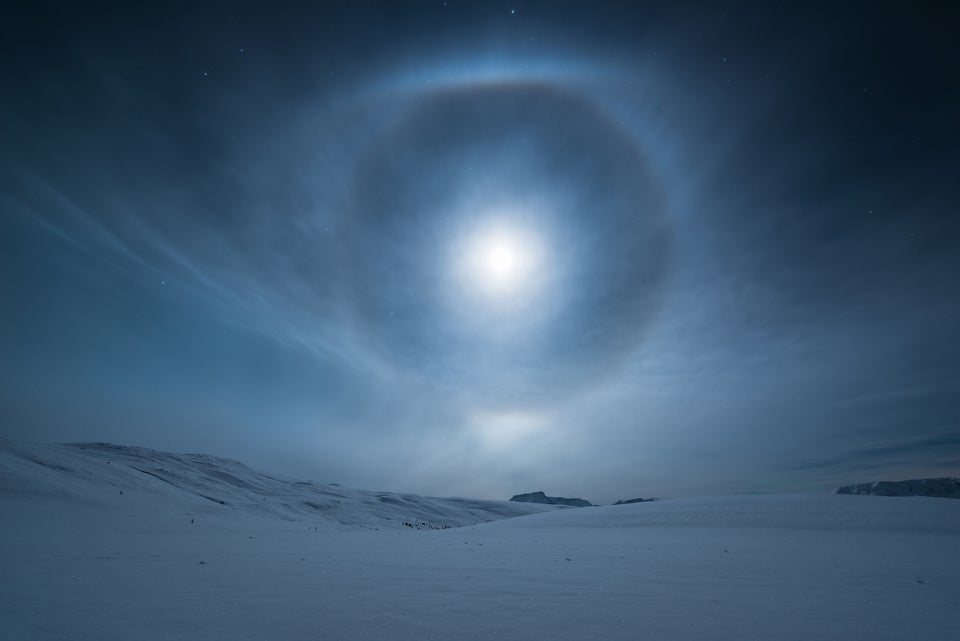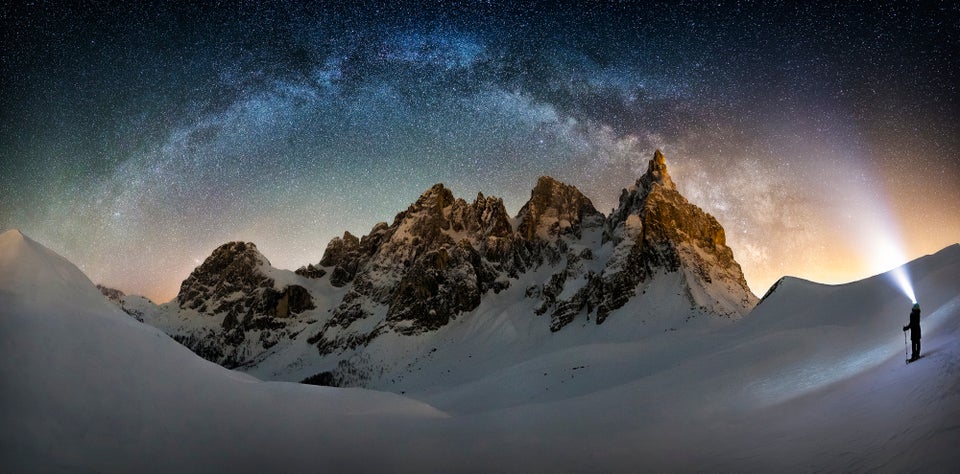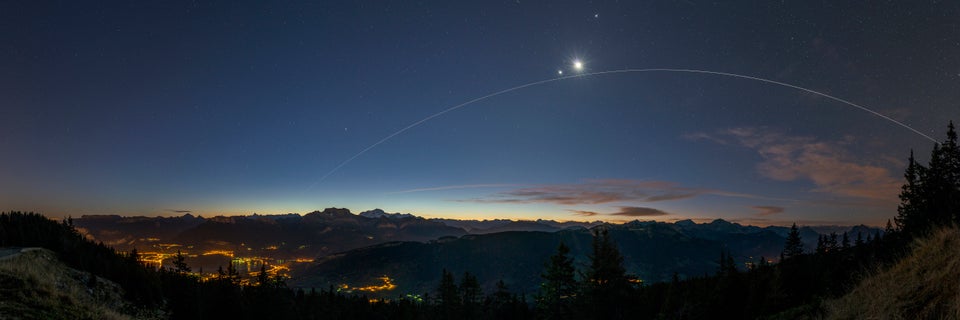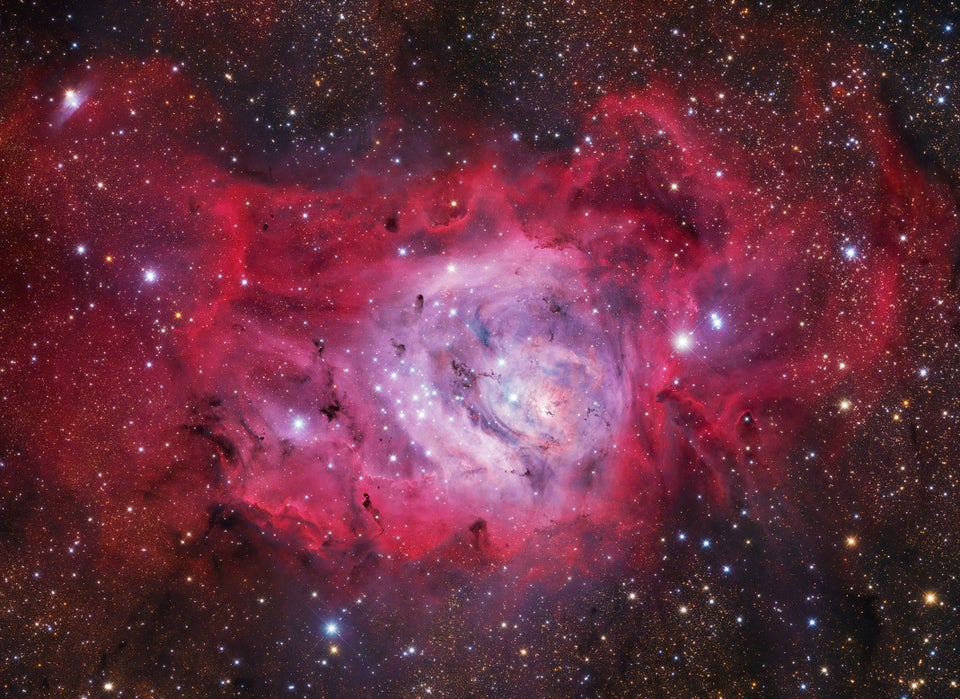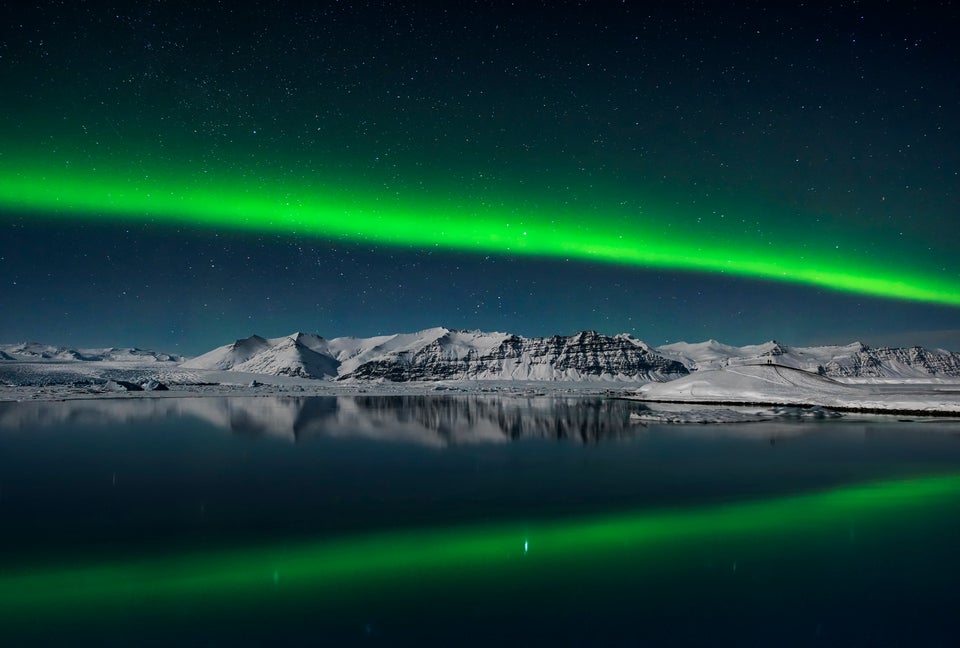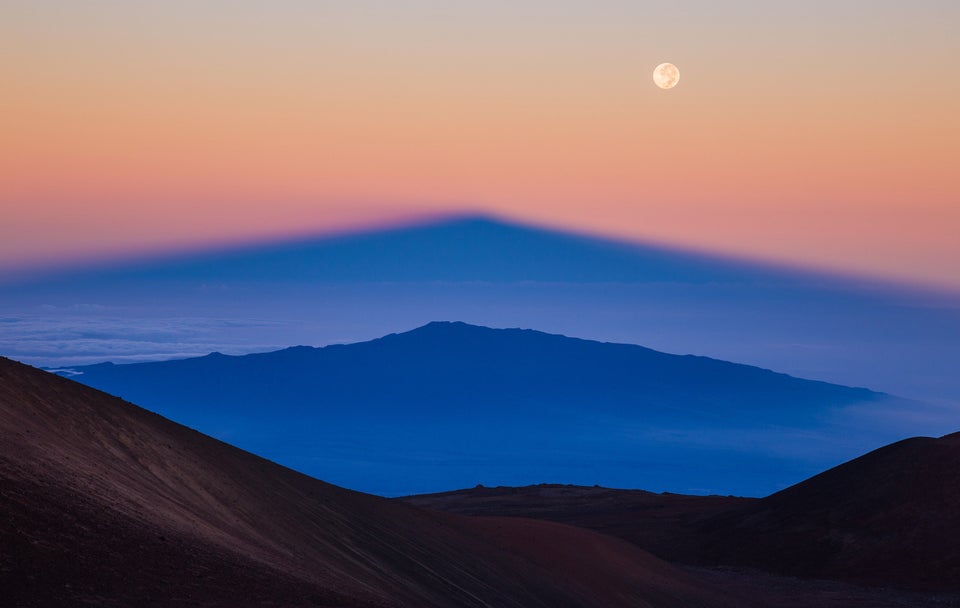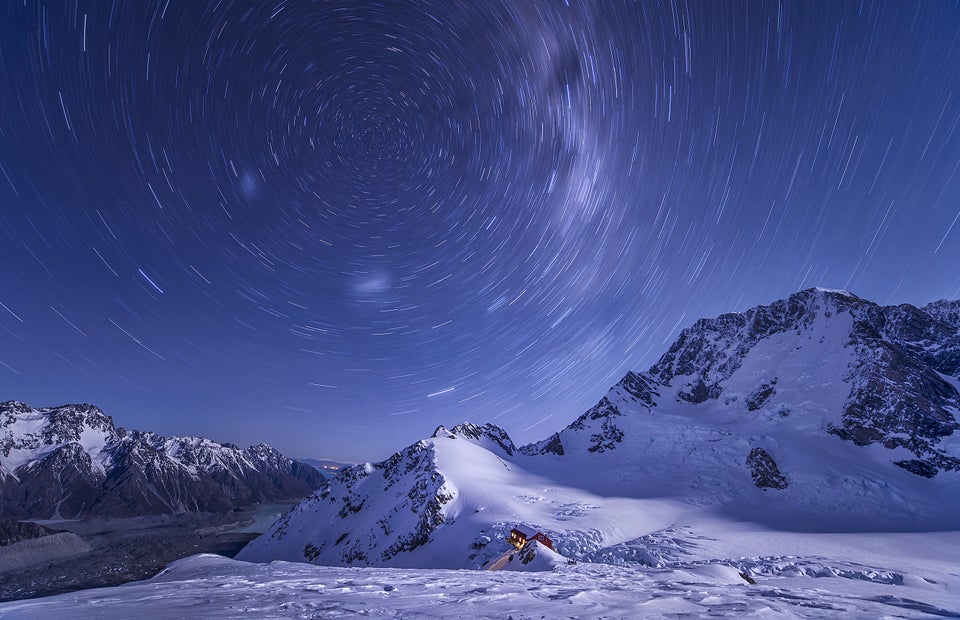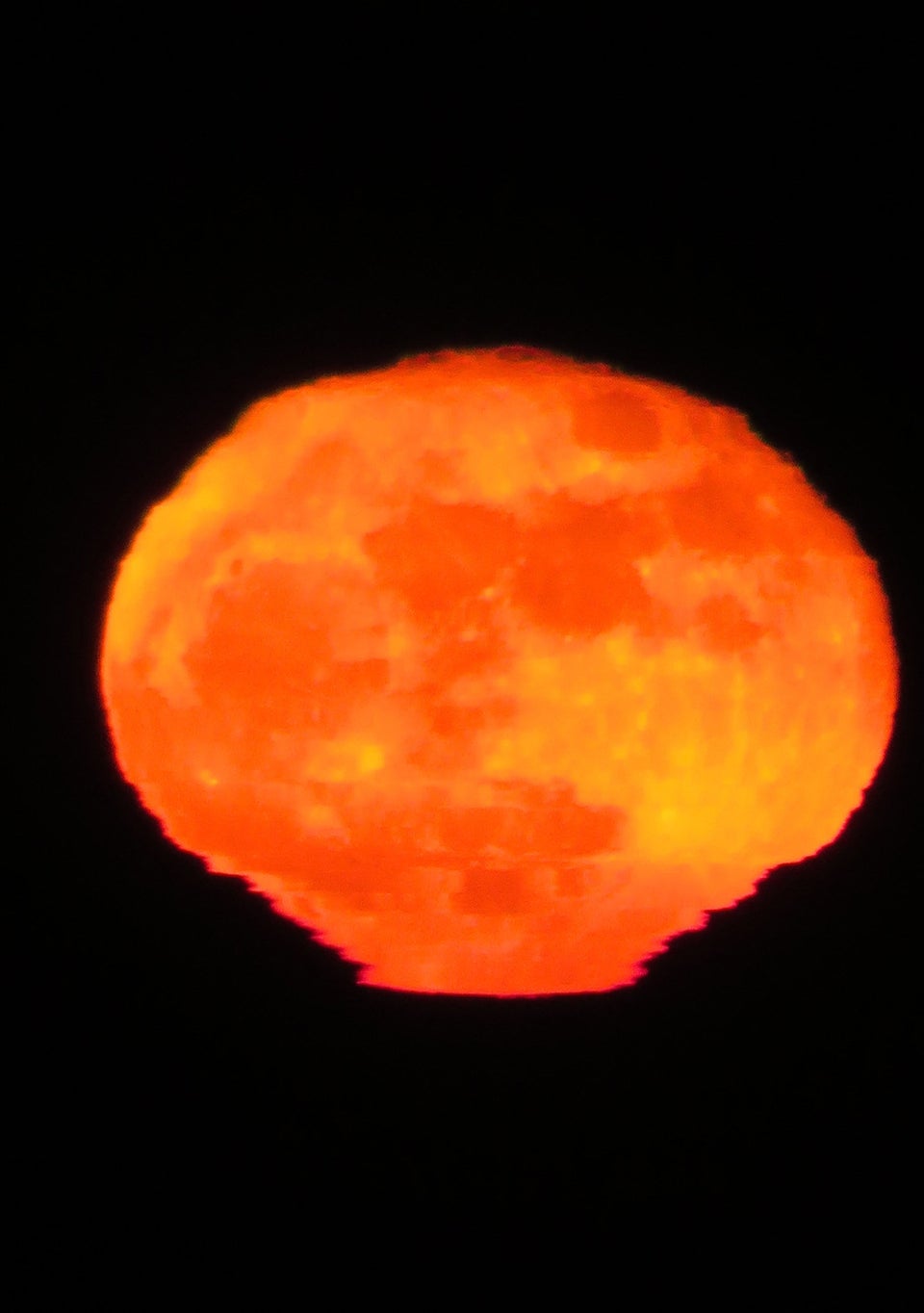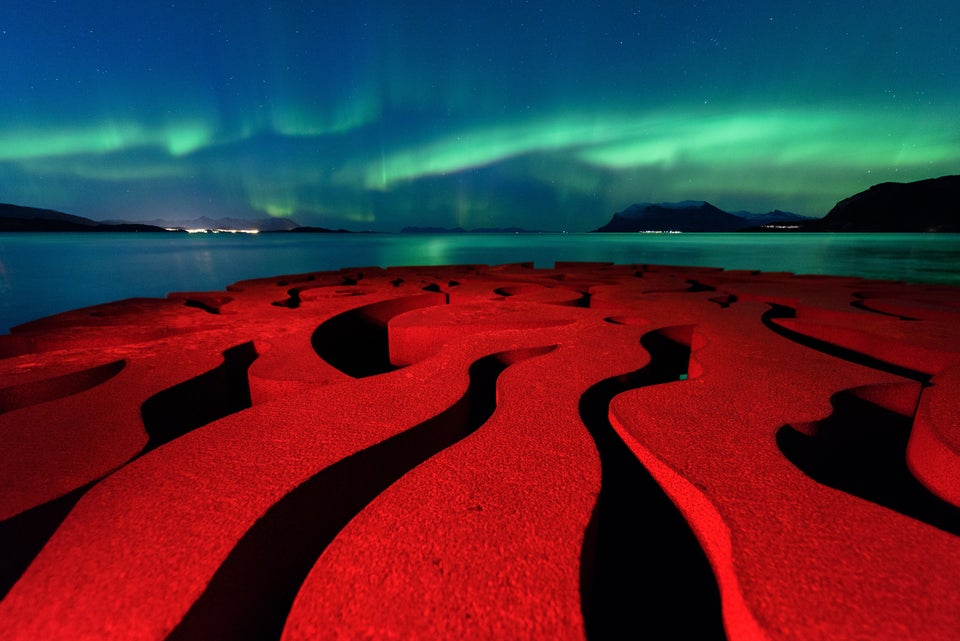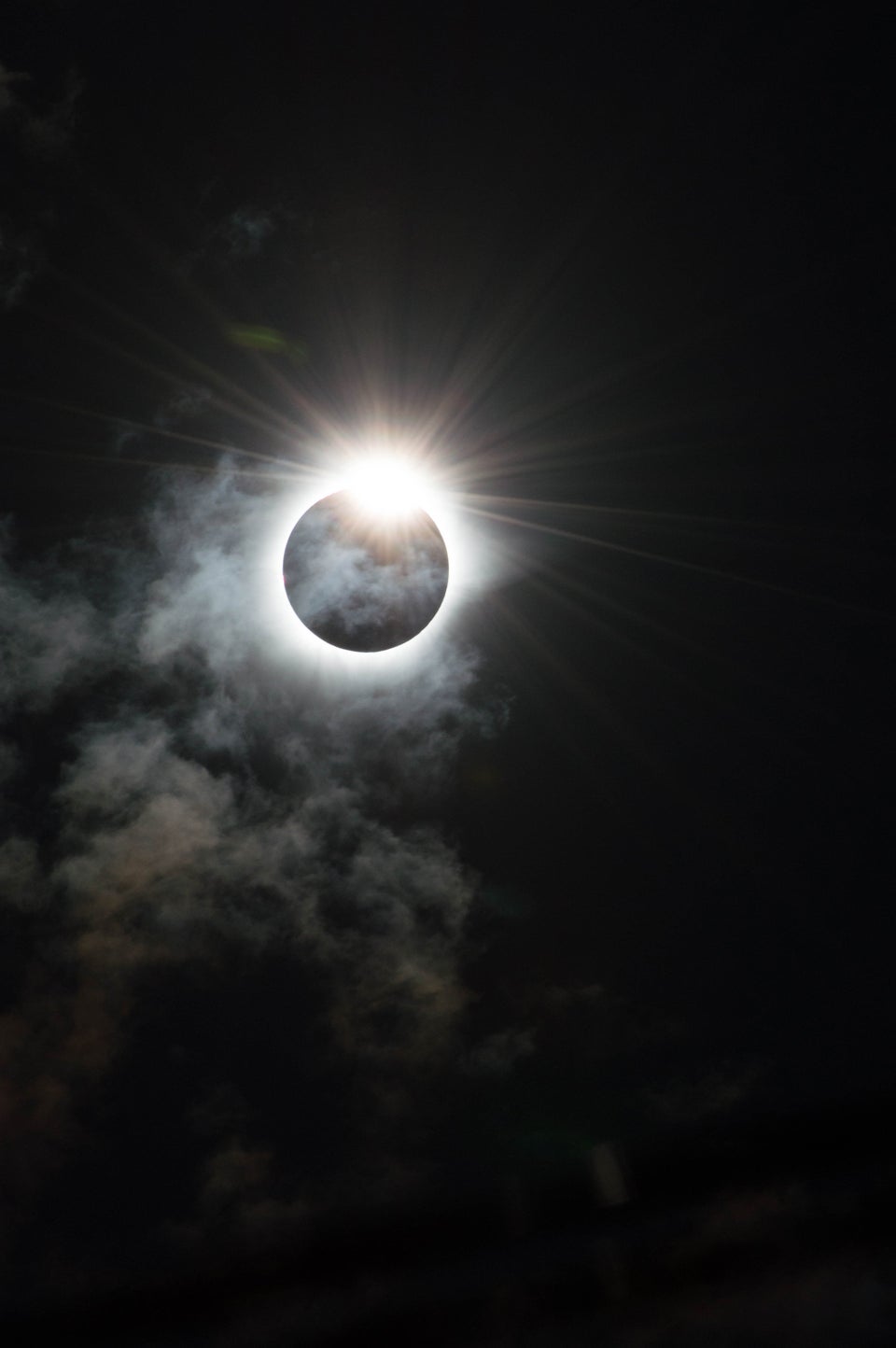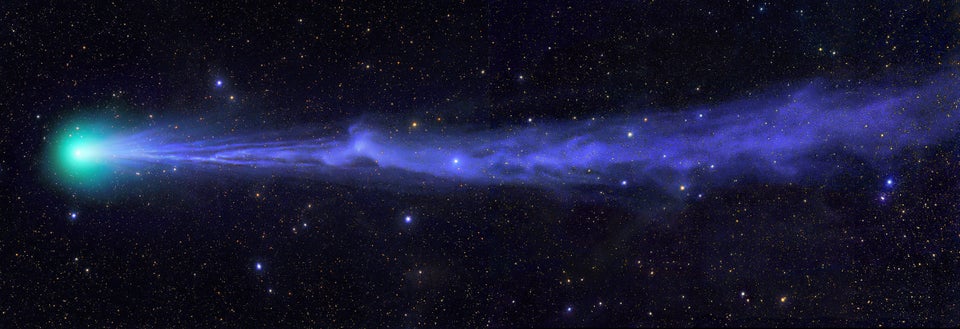NASA’s Juno spacecraft has revealed that Jupiter’s poles are a spectacular collection of vast Earth-sized cyclones.
This stunning picture taken by the probe reveals both the breathtaking beauty of Jupiter’s landscape but also the almost unimaginable size of the gas giant as each of these cyclones combined are around the same size as our entire planet.
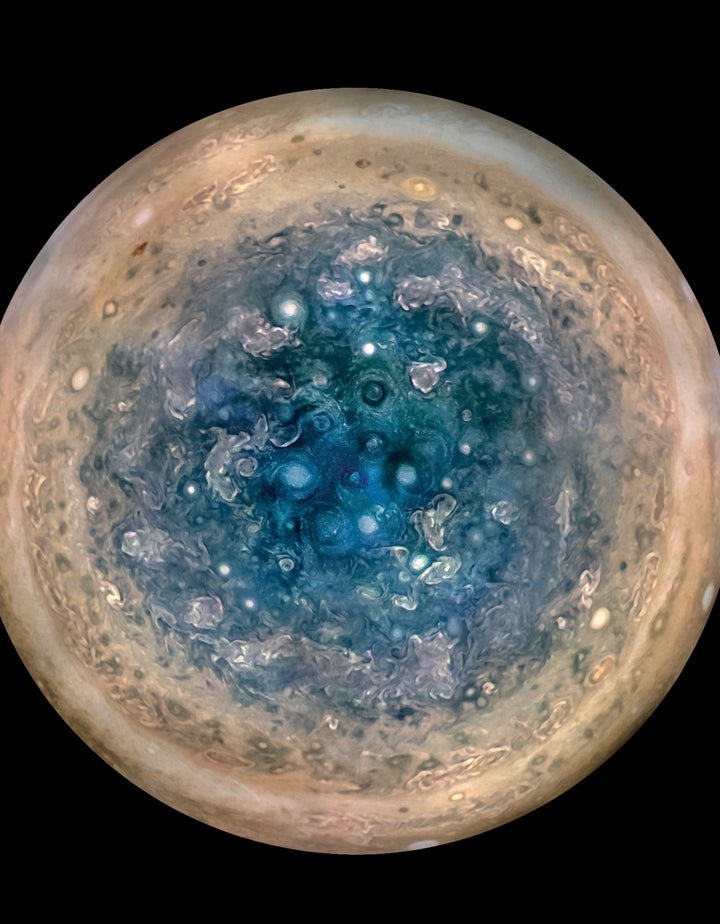
The largest of them has a diameter of around 870 miles.
Scientists have been closely analysing the data from the Juno probe and have described Jupiter as a: “Complex, gigantic, turbulent world, with Earth-sized polar cyclones, plunging storm systems that travel deep into the heart of the gas giant.”
Juno’s mission so far has seen it take a polar orbit around the gas giant. For much of its time the probe remains a safe distance and then every 53 days it dives down to an altitude of just 2,600 miles from the cloud tops.
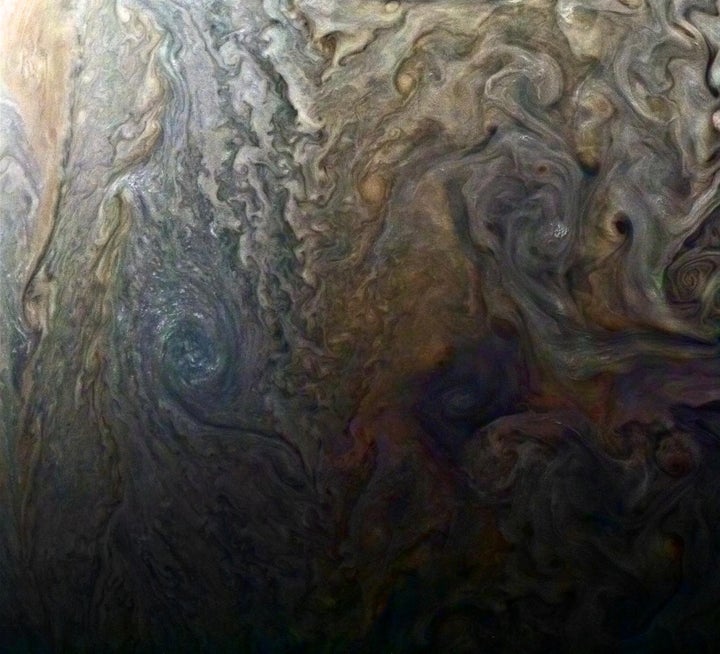
It’s during these deep dives that scientists have been able to gather some of the most vital information about this mysterious giant.
By studying the vast cloud formations that cover the gas giant scientists are hoping to learn more about how they work, whether they’re permanent or if the entire planet is in a constant state of change.
“We’re puzzled as to how they could be formed, how stable the configuration is, and why Jupiter’s north pole doesn’t look like the south pole,” saidJ uno principal investigator Scott Bolton.
“We’re questioning whether this is a dynamic system, and are we seeing just one stage, and over the next year, we’re going to watch it disappear, or is this a stable configuration and these storms are circulating around one another?”
In addition to the storms of Jupiter, Juno’s also been able to capture some stunning images and collect vital data on the planet’s northern and southern lights.
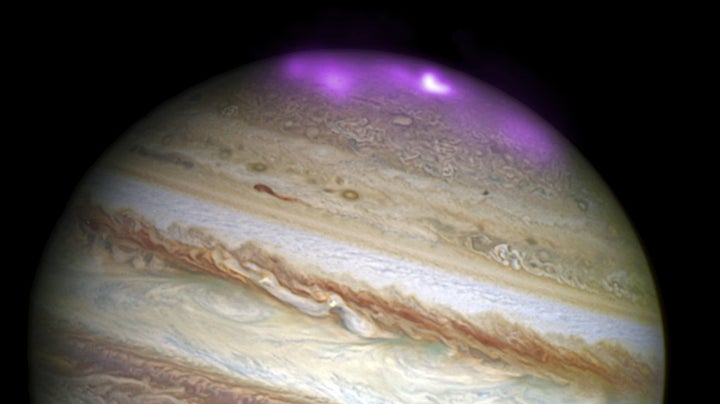
While the Northern Lights here on Earth might be a rare sight for much of the population, Jupiter’s aurora covered an area bigger than the surface of our own planet.
With a magnetic field over 10x more powerful than Earth’s, scientists are fascinated by the irregularity and sheer power of Jupiter’s magnetosphere.
In fact the storm that caused the aurora picture above was so powerful it actually shifted Jupiter’s entire magnetic field by over 100 million miles.
So what’s next for the humble probe? Well Juno’s next dive towards Jupiter will be aimed at one of its most famous features.
“On our next flyby on July 11, we will fly directly over one of the most iconic features in the entire solar system ― one that every school kid knows ― Jupiter’s Great Red Spot.” said Bolton. “If anybody is going to get to the bottom of what is going on below those mammoth swirling crimson cloud tops, it’s Juno and her cloud-piercing science instruments.”
Incredible Astronomy Photographs



